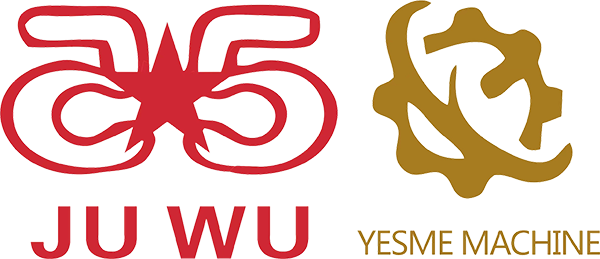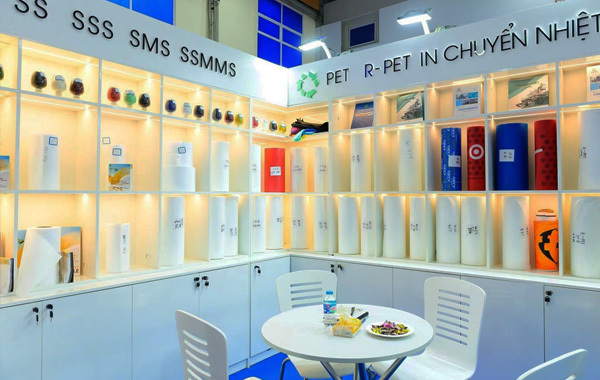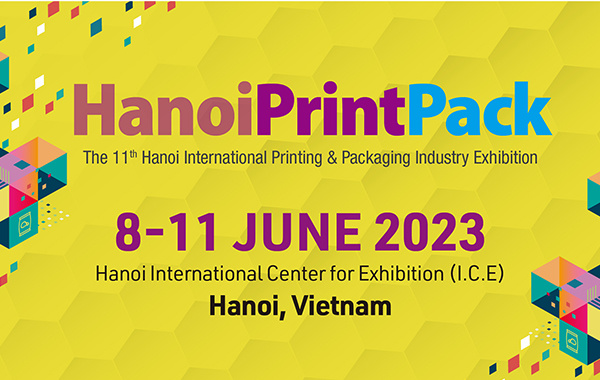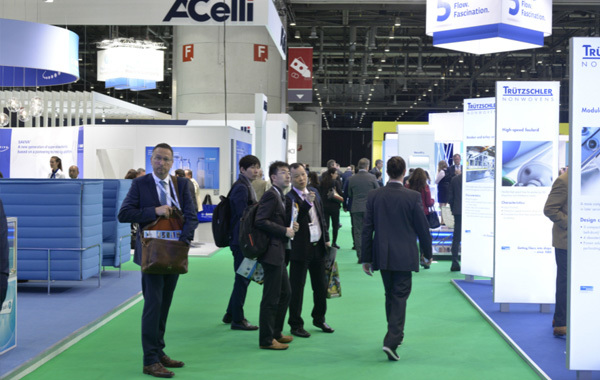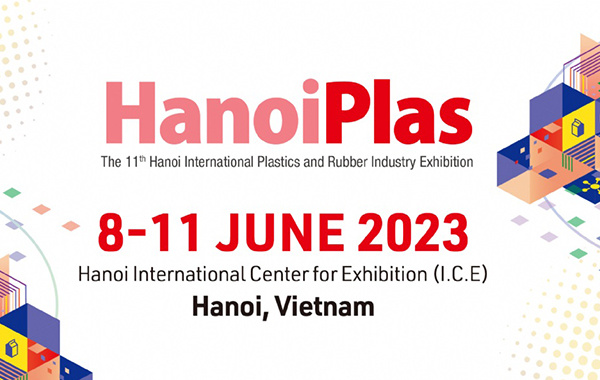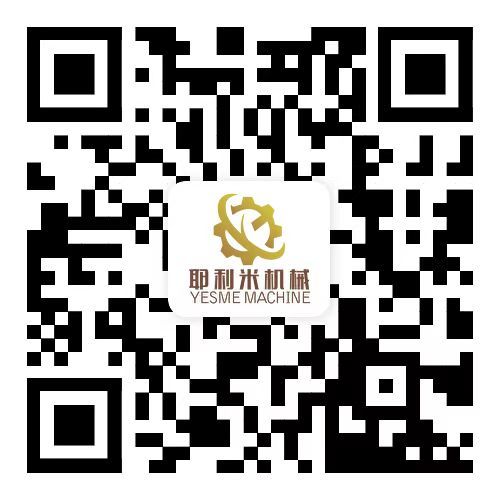What are the performance indicators of spunmelt nonwovens
Release time:
Nov 23,2020
The uniformity is expressed by the discrete coefficient "CV value" of the quantitative value, which reflects the uneven distribution (thickness and thinness) of the product web. The larger the CV valu
1 uniformity
The uniformity is expressed by the discrete coefficient "CV value" of the quantitative value, which reflects the uneven distribution (thickness and thinness) of the product web. The larger the CV value, the worse the quality of the product. Generally, the larger the quantitative value of the product, the smaller the CV value. The unit of the CV value is "%". Quantitative is defined as the weight (quality) of a product per unit area. The legal unit of measurement in my country is gram/m2 or g/m2.
2 strong
Strength means the maximum force required to break the product when the product undergoes a strength (tensile) test, and the unit is N ("Newton"-"Newton" for short). The greater the power, the better the quality of the product. The strength is not only related to the quantitative size of the product (the greater the quantitative, the greater the strength), but also the direction of the product's force. The direction of the product is generally divided into the running direction of the production line (referred to as MD) and the transverse direction (the direction perpendicular to the running direction of the production line, referred to as CD). With the different laying methods used in the production line, general products have anisotropy. For example, products with longitudinally laid nets will have greater strength in the MD direction, and the MD strength of some production lines can be twice or more than that of CD. The same product has different strengths in different directions. In practical applications, it is hoped that the vertical and horizontal strengths are close to make the product behave isotropically.
3 Elongation at break
The elongation at break refers to the ratio of the elongation part of the product to the original length of the sample when the product is subjected to a tensile test. The unit of elongation at break is "%". When the product quality is good and the fiber is fully drawn, the elongation at break is less than 100%; the elongation at break of the meltblown cloth is small, generally less than 50%. Since the breaking strength of the product is different in the two directions, the breaking elongation in the MD and CD directions is also different. In most applications, the elongation at break should be as small as possible, and it is hoped that the elongation at break in different directions should be as close as possible.
4 penetration performance
Permeability is an indicator of the hydrophilicity of the product in spunmelt sanitary materials. It indicates the ability of the liquid to pass through the product (fast and slow). Permeability can be divided into two types: one penetration and multiple penetrations. Commonly used time second (S) means, the shorter the better.
5 Hydrostatic pressure (HSH)
In sanitary materials, hydrostatic pressure is an indicator that reflects the barrier capacity of the product, which means the product's ability to withstand a certain pressure (hydrostatic pressure) of liquid. The unit of measurement is "mm water column" or "cm water column", sometimes expressed in Pa (Pa). The larger the value, the better. For general sanitary material products of 15g/m2, the hydrostatic pressure is required to be about 150mm water column. For the same type of product, the larger the quantitative, the higher the hydrostatic pressure.
6 Breathability
Air permeability is an indicator when non-woven fabric is used as a gas filter material. Reflects the ability of the two sides of the product to permeate gas under the conditions of the specified pressure difference. It is expressed by the amount of gas permeated per unit time. Common units are: mm/s, L/m2s, cm3/cm2s, m3/m2min, m3/m2.h etc. The greater the air permeability, the easier it is for gas to penetrate the nonwoven fabric.
7 Antistatic
Antistatic property is an indicator of the ability of spunmelt products to dissipate static electricity. The better the antistatic performance, the less static electricity will accumulate on the product, and the higher the safety of the product. Antistatic performance is often expressed by surface volume resistance, and its unit is ohm (Ω). The smaller the surface resistance, the better the antistatic performance. Sometimes the static half-life (S) or the amount of surface charge is also used to express the antistatic performance of the product. The shorter the half-life or the less surface charge, the better the antistatic performance.
keywords
Previous Page:
:Next Page
Previous Page:
Next Page:
